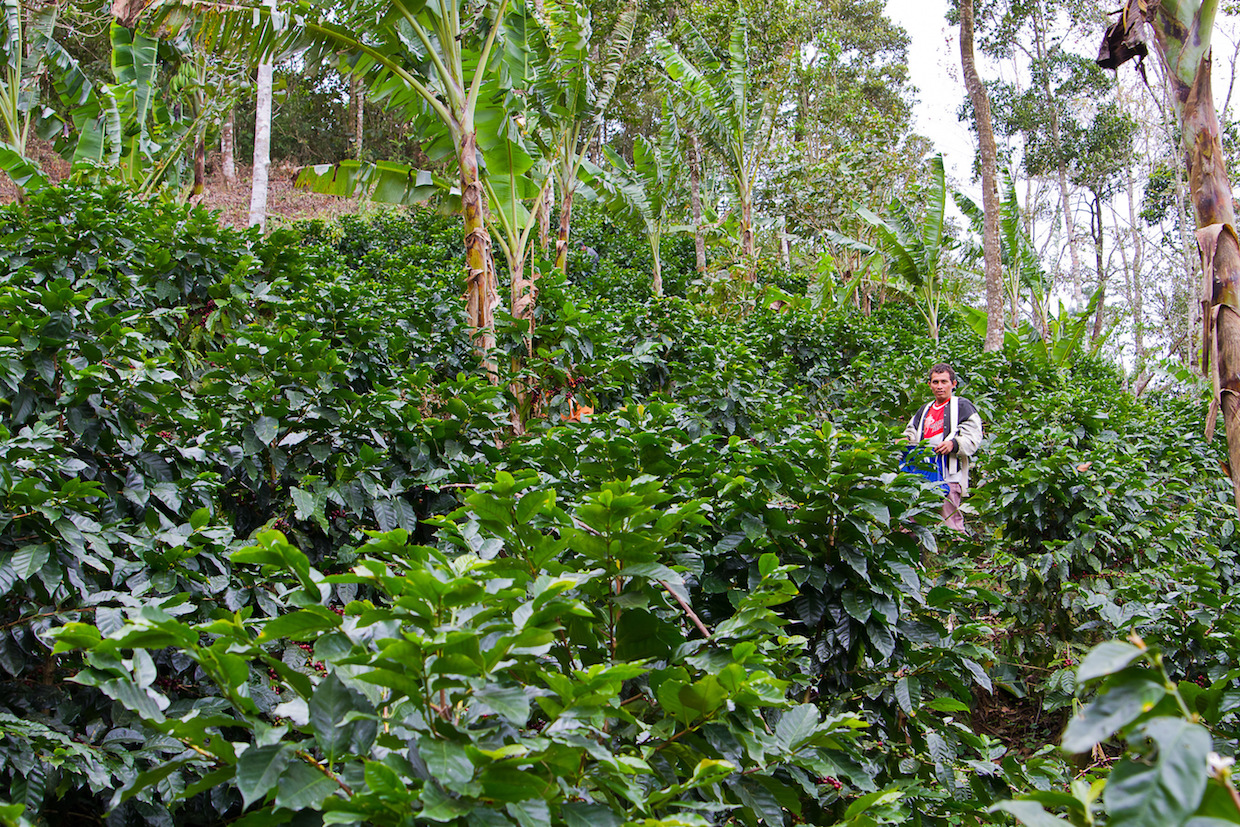A newly released study from the multi-stakeholder Global Coffee Platform provides a broad outline for improving farmer incomes throughout the global coffee sector through yield improvements, quality improvements, training, and empowering women farmers, among other opportunities.
The study, described by the group as a “scan” of the current and potential conditions in 11 key coffee-producing countries, was conducted in partnership with Technoserve, and the results aim to identify opportunities and provide benchmarks for improved farm profitability and supply chain efficiency.
It takes wide snapshots of the coffee sector, describing the dominant farmer type and outlining a broad view of the supply chain in each country, while highlighting country-level opportunities for increased farmer profitability. Reports for each of the countries examined — including Brazil, Colombia, Ethiopia, Honduras, Indonesia, Kenya, Nicaragua, Peru, Tanzania, Uganda and Vietnam — can be found here.
“This scan is intended to initiate conversations between coffee origins, rather than to be an exhaustive study of farmer economics,” the study reads in a section noting the limited methodology.
Similarly, in outlining “next steps,” the group notes a number of areas in which credible, usable data is missing. “There is a wide disparity of knowledge of basic production indicators, even within origins,” the study reads. “Access to reliable production benchmarking data on indicators such as yield, price and costs is essential to enable industry stakeholders to make evidence-based decisions.”
Click here for access to the full report, but here’s more directly from the GCP on four key areas in which farmer incomes could be improved in the context of the global coffee sector:
Yields
- Yields could be increased (from 10% in Vietnam to 100% in Peru) over the next five years by improving agronomy practices (e.g. pruning, plant nutrition, weeding, integrated pest management), farm rehabilitation (e.g., rejuvenation/stumping, replanting), and input optimization).
- Achieving these yield increases across the 11 countries in the study would add 2.5 million MT of annual production by 2027 and generate $2 billion additional farmer income annually at current price levels.
- Naturally, in order to increase yields farmers would bear additional labour and non-labour costs, though production costs per pound basis would decrease.
Effective Training
- The most effective training programs feature community trainers and hands-on instruction delivered monthly to small training groups. This model offers lasting positive impact on yield and farming practices.
Empowering women
- Even though women perform a significant amount of the labour in coffee farming, women currently receive only 5% of agronomy extension services (FAO).
- When women have increased control over income, it is more likely to be spent on children’s health, nutrition and education.
- Therefore, to increase the likelihood that coffee income will benefit the whole family, we need to increase women’s influence over coffee expenditure decisions through training of both women and men on coffee marketing and financial literacy.
Quality improvements
- Arabica farmers at higher altitudes can increase incomes through quality improvement, with opportunities for the greatest number of farmers in Ethiopia and Indonesia.
- Achieving quality improvements across six priority countries in the study would generate $200 million additional farmer income annually.
- However, changes to trading systems are required to incentivize quality improvements in some origins (e.g. Indonesia, Honduras, Peru) and some farmers require access to central wet mills in order to improve quality (e.g. Ethiopia, Tanzania).
Nick Brown
Nick Brown is the editor of Daily Coffee News by Roast Magazine.







Comment